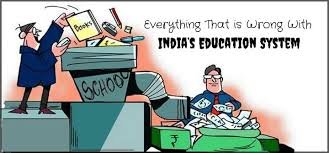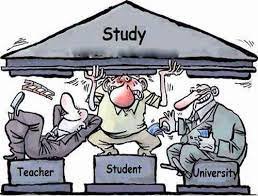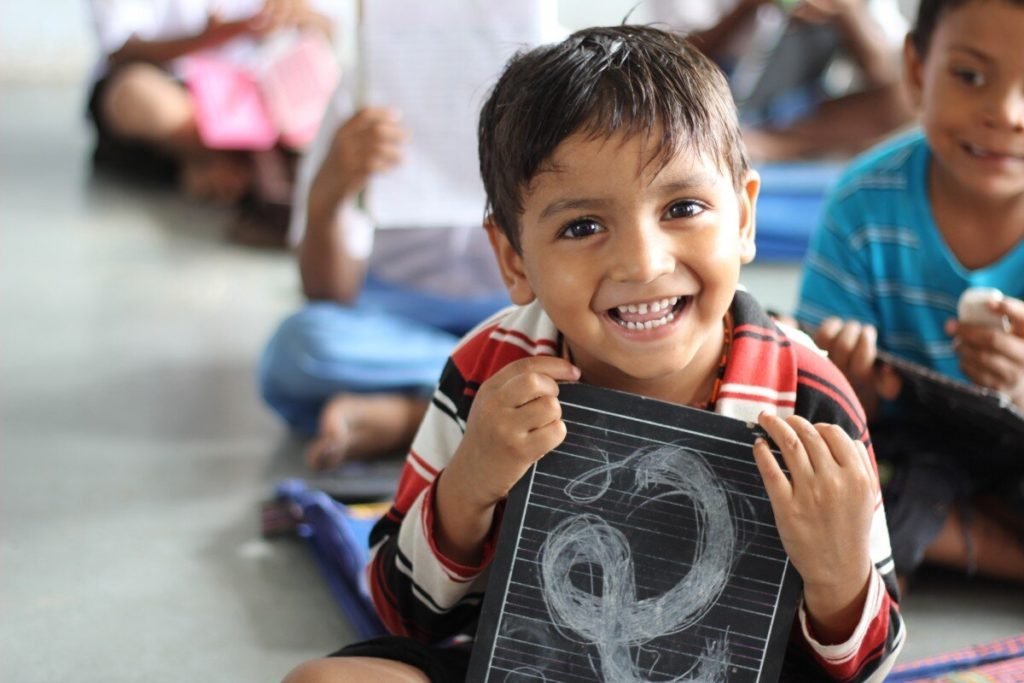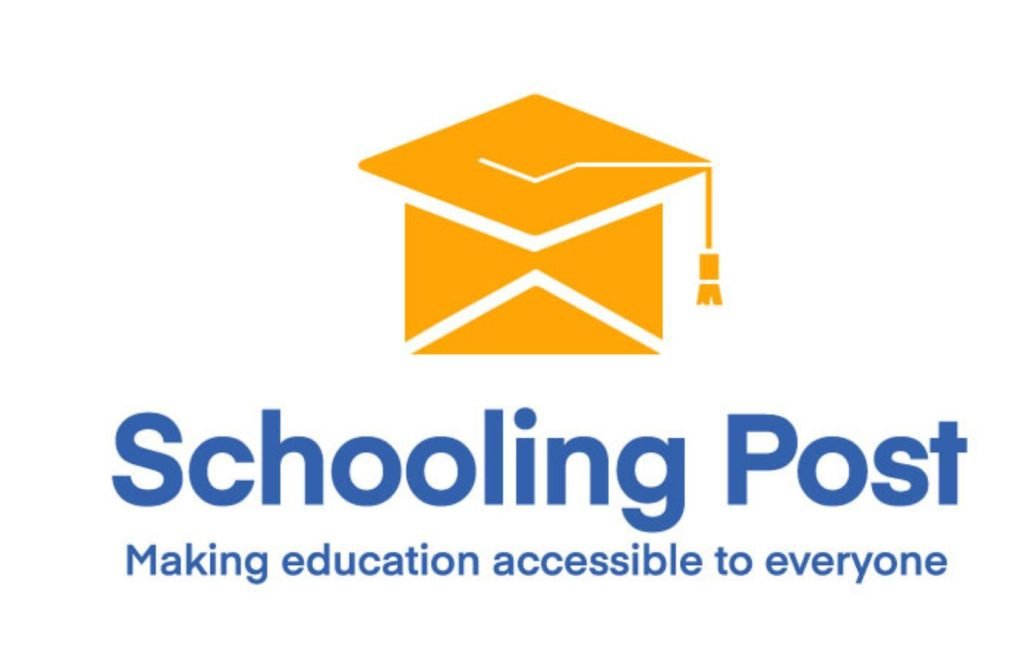Introduction
Education is the cornerstone of a progressive society. The education system in India has evolved significantly, reflecting the nation’s diverse culture, traditions, and economic conditions. Understanding the Indian education system’s intricacies provides insight into its strengths and the challenges it faces.
**Historical Background**
Ancient Education in India
The roots of the education system in India can be traced back to ancient times, with institutions like Takshashila and Nalanda standing as early centers of learning. Education was predominantly centered around Vedic texts, philosophy, and sciences, imparted by gurus in ashrams and gurukuls.
Colonial Influence on Education
The British colonial period brought significant changes, introducing Western-style education. Lord Macaulay’s Minute on Education in 1835 aimed to create a class of anglicized Indians who would assist in administration. This period saw the establishment of universities and a structured education system.

Structure of the Indian Education System
Pre-primary Education
Pre-primary education System India includes kindergartens and playschools catering to children aged 3-6 years. This stage focuses on foundational skills and social development.
Primary Education
Primary education spans grades 1 to 5, focusing on basic literacy, numeracy, and general knowledge. It’s a critical stage for cognitive development.
Secondary Education
Secondary education covers grades 6 to 10. It broadens students’ understanding of various subjects and lays the groundwork for higher education.
Higher Secondary Education
The higher secondary education system in India includes grades 11 and 12, where students specialize in streams like science, commerce, or the arts, preparing them for higher education or vocational training.
Higher Education
The higher education system in India encompasses universities and colleges offering undergraduate, postgraduate, and doctoral programs. It includes a wide range of disciplines and professional courses.

Types of Educational Institutions
Government Schools
These schools are funded and managed by the government, providing free or subsidized education. They play a crucial role in educating the underprivileged.
Private Schools
Private schools are funded by tuition fees and private organizations. They often offer better infrastructure and resources compared to government schools.
International Schools
International schools follow global curriculums like the International Baccalaureate (IB) or Cambridge IGCSE, catering to expatriates and Indians seeking global standards.
Open School
Open schools like the National Institute of Open Schooling (NIOS) offer flexible learning options, catering to students who cannot attend regular schools.
Curriculum in Indian education system
Central Board of Secondary Education (CBSE)
CBSE is one of the most popular boards in the education system in India, known for its standardized curriculum and nationwide presence. It prepares students for national-level entrance exams.
Indian Certificate of Secondary Education (ICSE)
ICSE is another prominent board emphasizing a comprehensive curriculum with a strong focus on English and holistic development.
State Boards
Each state in India has its own board of education with a curriculum reflecting regional languages and cultures. They cater to the majority of students in their respective states.
National institute of open school
NIOS provides flexible education opportunities for students unable to attend regular schools. It provides an extensive variety of both vocational and academic programs.
Medium of Instruction
Regional Languages
Most state board schools use regional languages as the medium of instruction, promoting cultural and linguistic diversity.
English Medium
Many private and central board schools use English as the medium of instruction, preparing students for global opportunities.
Bilingual Education
Some schools offer bilingual education, teaching in both regional languages and English to bridge gaps and enhance learning.
Higher Education System in India
Universities and Colleges
The education system in India has numerous universities and colleges offering diverse programs. Notable institutions include the Indian Institutes of Technology (IITs) and Indian Institutes of Management (IIMs).
Technical and Professional Education
Technical education includes engineering, medicine, and management courses, providing specialized skills and knowledge.
Distance Learning and Online Education
With technological advancements, distance learning and online education have gained popularity, offering flexible learning options for working professionals and remote

Challenges Facing the Indian Education System
Access and Equity
Despite progress, access to quality education remains unequal, particularly in rural areas and among marginalized communities.
Quality of Education
The quality of the education system in India varies widely, with many schools lacking trained teachers, adequate infrastructure, and resources.
Infrastructure Issues
Many schools, especially in rural areas, face infrastructure challenges, including inadequate classrooms, sanitation facilities, and learning materials.
Teacher Training and Development
Teacher quality is a significant concern, with many educators lacking proper training and ongoing professional development.
Government Initiatives and Policies
Right to Education Act
The Right to Education Act mandates free and compulsory education for children aged 6 to 14, aiming to improve access and equity in the education system in India.
Sarva Shiksha Abhiyan
This flagship program aims to universalize elementary education by improving school infrastructure, teacher quality, and student outcomes.
Mid-Day Meal Scheme
The Mid-Day Meal Scheme provides free lunches to students in government schools, aiming to improve nutrition and attendance.
Digital India Initiative
The Digital India initiative promotes the integration of technology in education, enhancing digital literacy and access to online resources.
Role of Technology in Education System in India
E-learning Platforms
E-learning platforms like BYJU’S and Unacademy offer interactive online courses, making education more accessible and engaging.
Smart Classrooms
Smart classrooms equipped with digital tools enhance the learning experience, making lessons more interactive and effective.
Use of AI and VR
Artificial Intelligence (AI) and Virtual Reality (VR) are transforming education by offering personalized learning experiences and immersive simulations.
Private Sector Contribution to Education System in India
Role of Private Schools and Colleges
Private institutions often provide superior infrastructure and resources, contributing significantly to educational outcomes.
Corporate Social Responsibility (CSR) in Education
Many corporations engage in CSR activities, supporting educational initiatives through funding, infrastructure development, and scholarships.
Future of Education system in India
Emerging Trends
Trends like blended learning, competency-based education, and the use of AI are shaping the future of the education system in India.
Potential Reforms
Reforms are needed to address issues like curriculum relevance, teacher training, and equitable access to quality education.
Conclusion
The education system in India is a complex and dynamic entity, reflecting the country’s diversity and aspirations. Despite considerable advancements, obstacles remain. Continued reforms, innovative practices, and a focus on quality and equity are essential for the future.
FAQs
- What is the Right to Education Act?
- The Right to Education Act mandates free and compulsory education for children aged 6 to 14 in India, aiming to improve access and equity.
- How does the CBSE board differ from the ICSE board?
- CBSE focuses on a standardized curriculum and national-level exams, while ICSE emphasizes a comprehensive curriculum with a strong focus on English and holistic development.
- What challenges does the Indian education system face?
- Challenges include unequal access, varying quality of education, inadequate infrastructure, and insufficient teacher training.
- How is technology being integrated into Indian education?
- Technology integration includes e-learning platforms, smart classrooms, and the use of AI and VR to enhance learning experiences.
- What are some government initiatives to improve education in India?
- Key initiatives include the Right to Education Act, Sarva Shiksha Abhiyan, Mid-Day Meal Scheme, and the Digital India initiative.



One Response